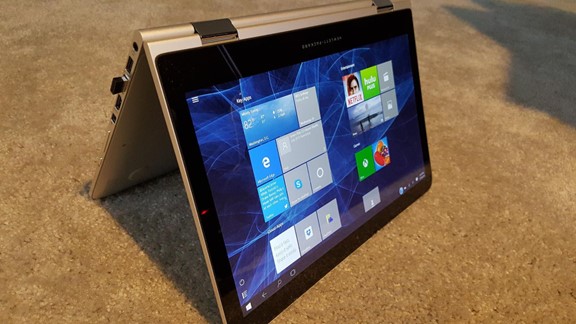Windows 10: Standby or Hibernation – Which Helps Save Energy These Days?
Hibernate mode is a smart choice if you plan to maintain your computer running all night. This ensures that everything is precisely as when you left by saving the data of storage to the USB disk before turning off the computer.
Windows 10: Standby or Hibernation – Which Helps Save Energy These Days?
Hibernate mode is a smart choice if you plan to maintain your computer running all night. This ensures that everything is precisely as when you left by saving the data of storage to the USB disk before turning off the computer. When it has not been used by a user, standby mode merely utilizes less energy and enters a low-power state rather than saving this data.
If you only use your computer briefly each day, standby mode can be helpful. For instance, standby mode may be useful if you use your notebook as an alarm at night but don’t use it frequently (or even every day) during the day because it will maintain all of its settings while could let ourselves run on battery too when viable while still conserving fuel overall by preventing full closings and repeats every thing person contacts a key or travels the mouse.
You could set up your own amount of heat produced if you really want the to alter this behaviour
By setting up your own energy profile, you can alter this behaviour. Follow these steps to do so:
- In the Control Panel, modify your energy profile
- A Command Prompt command can be used to modify the profile (optional). You might also wish to review the steps for changing Windows 10’s power plans here.
Changes can be made in the Control Panel
- In the system tray, click the battery symbol.
- “Additional power parameters” should be selected.
- “Control when the computer sleeps” should be clicked.
- “Change advanced power settings” should be selected.
- Click “Change” after selecting “Sleep.”
By selecting “Show additional plans,” you can access your customised energy profile whenever you want.
Created a unique energy profile by selecting “Show additional plans”
The Task Manager also gives you access to your personalised energy plan. Go to Task Manager and select “More details.” Then select “Change plan settings” from the Power Options tab. This should open a window with the option “Additional power schemes” visible. This link will list every available scheme for your system when you click it.
Change the settings with caution
There are certain restrictions if you decide to suspend your device as opposed to putting it to sleep. Diapause doesn’t save your info, to start with. When you put our laptop into slumber and then bring it up, any files you were typing on will be completely blank. Hibernating is usually not the greatest option for conserving battery life if there is something that worries you and/or could affect your production system (for example, if you’re creating an editorial or project report).
Second, and maybe more importantly, hibernation typically takes far longer than setting a machine into sleep mode. Time is money once more (especially in business environments). When utilising several monitors, this might be very problematic; in certain cases, suspending may be quicker than putting this into a deep sleep mode!
Last but not least, hibernation is not advised for pcs unless they have dual fuel cells or are constantly connected to power sources while in use. Otherwise, there is always a possibility that this could occurred although the system was suspended, causing irreparable damage to its files and settings upon reboot.
How to manage standby and hibernate in Windows 10
In Windows 10, you have complete control over whether you wish to use sleep or hibernate. By typing “powercfg,” you can alter these options in the Settings Menu, the Settings app, or even from the cli.
Another option is to install an authentic VPN because it offers flexible business VPN solutions for Windows to tackle the problems.
Although you can alter these values to use the registry editor, we don’t advise it unless you feel at ease penetrating the depths of your computer.
Conclusion
Finally, we advise you to attempt to adjust your energy plan for the greatest standby time and data security. Please get in touch with us at our helpline desk if you need assistance with this procedure.

